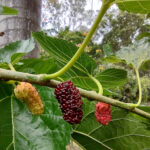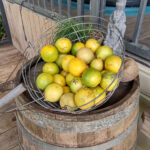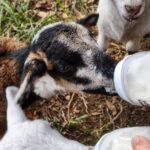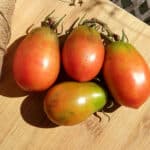This post may contain affiliate links.
Mulberries grow on trees, not bushes, so despite the popular song, it’s a tree, a deciduous tree that grows easily in seemingly any climate. The fruit, bark and leaves of a mulberry tree are all edible and there are various culinary, medicinal, and other uses of mulberry leaves. This post is about mulberry leaves and how to use them at home.
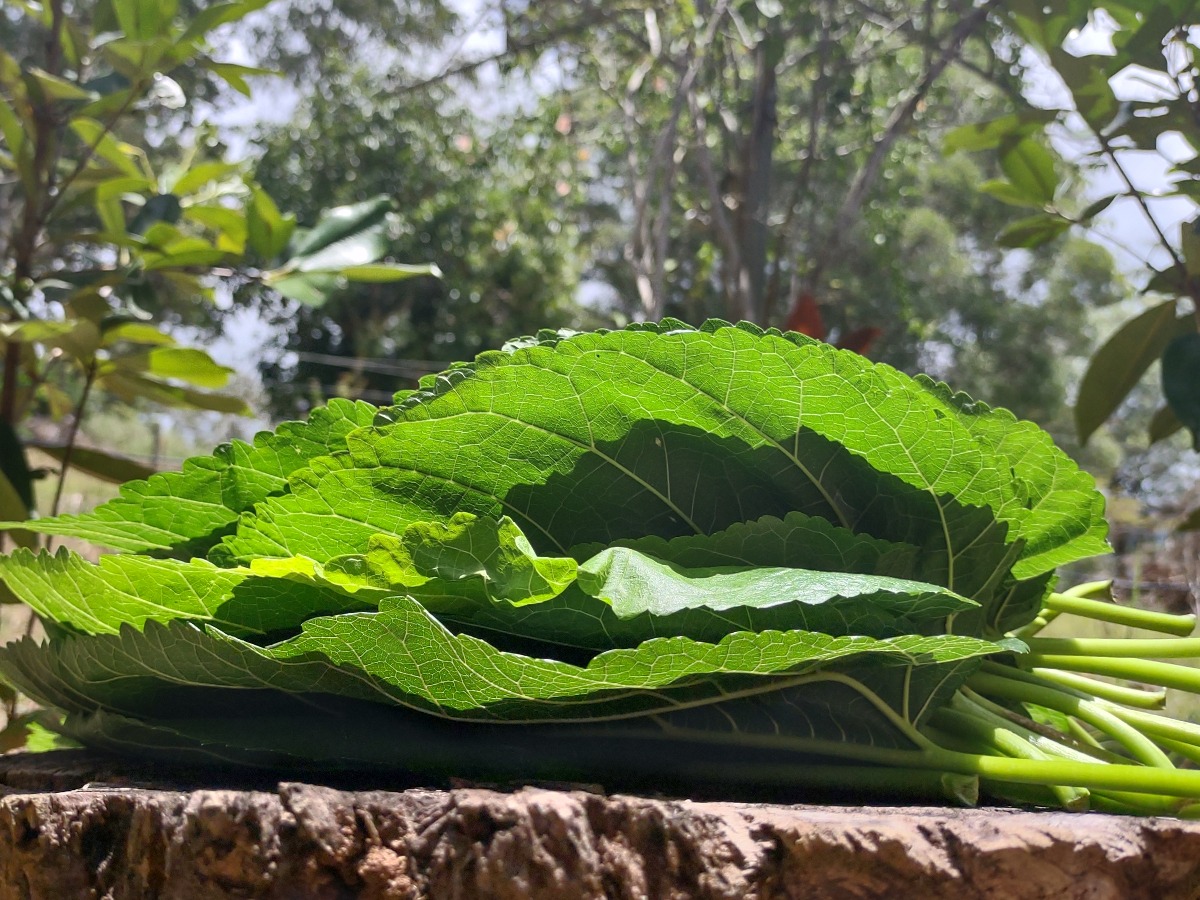
Some people may experience adverse side effects after consuming mulberry leaf, so proceed at your own risk. There are plenty of links in this post to scientific research on mulberry leaf benefits.
Mulberry leaves have a whole host of health benefits according to this study. Mulberry leaves are high in protein and minerals, particularly calcium and phosphorous. In general, young mulberry leaves can be used as you would spinach, if blanched, steamed, or fried.
To pick mulberry leaves for consumption, pick young, green, disease-free leaves, ideally early in the morning, in spring. The new leaves are more tender. You can store them in the fridge in a sealed bag or container to keep them fresh longer.
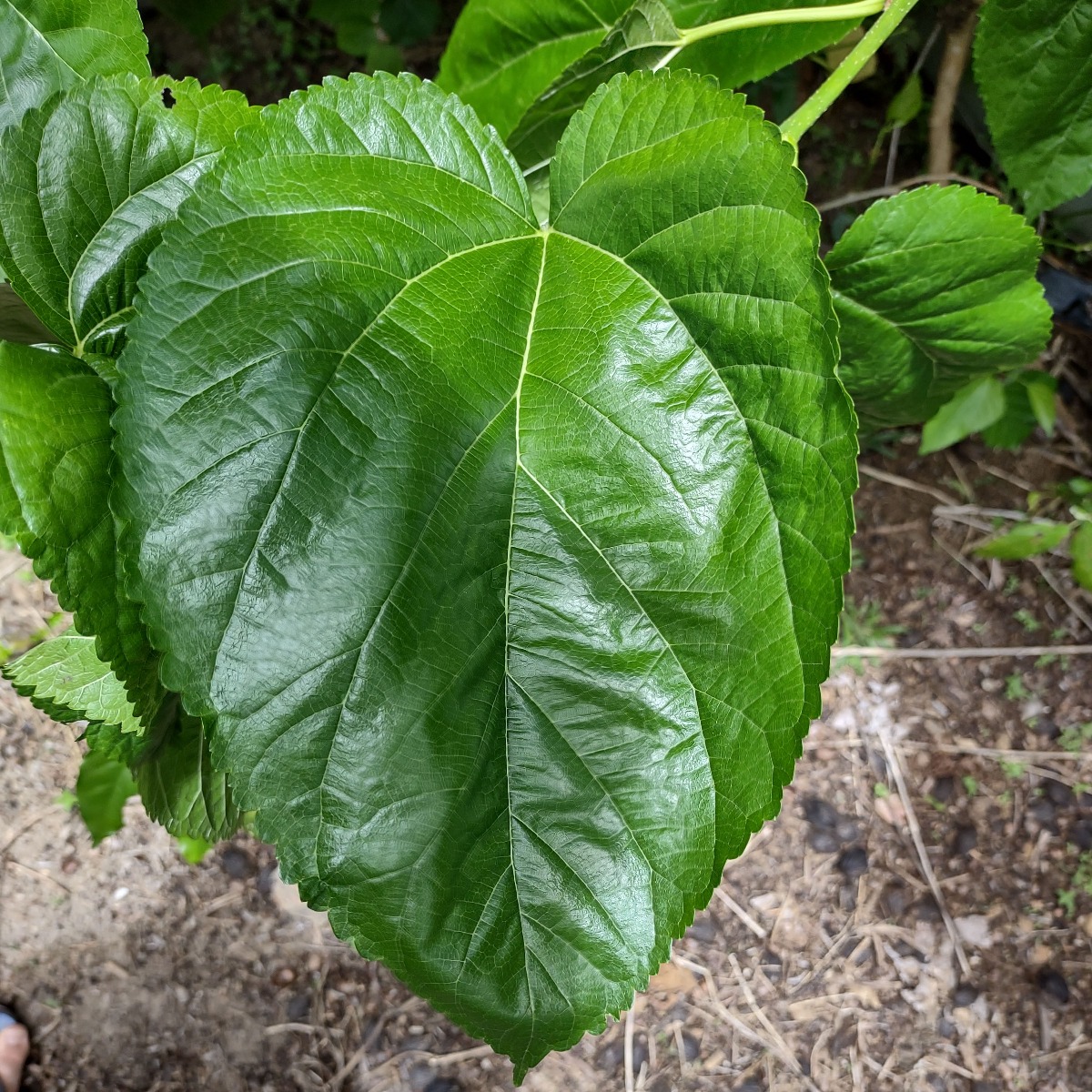
Mulberry Leaves For Animal Feed
Many animals will eat mulberry leaves, including cows, sheep,
Dehydrated Mulberry Leaf Tea
Fresh mulberry leaf can be dehydrated for long-term storage and used to make mulberry tea or a tincture. You could also make a dried mulberry leaf powder or crumbled leaf, which you could add to winter dishes for some extra nutrients and flavour.
To dry mulberry leaves, pick young, healthy green leaves (morning is best, in spring when fresh leaves appear) give them a wash and dry them in your home dehydrator or oven. You can use a simple air drying rack, like this one, which allows natural drying while keeping the bugs out. These are simple, cheap, and useful for all your herbs. Check price here.
Alternatively, buy an electric dehydrator, these are very useful if you dry chillies, fruits, meats, etc on your homestead. We have one. Check it out here.
It’s best to dry the leaves whole and crumble them just before use for tea.
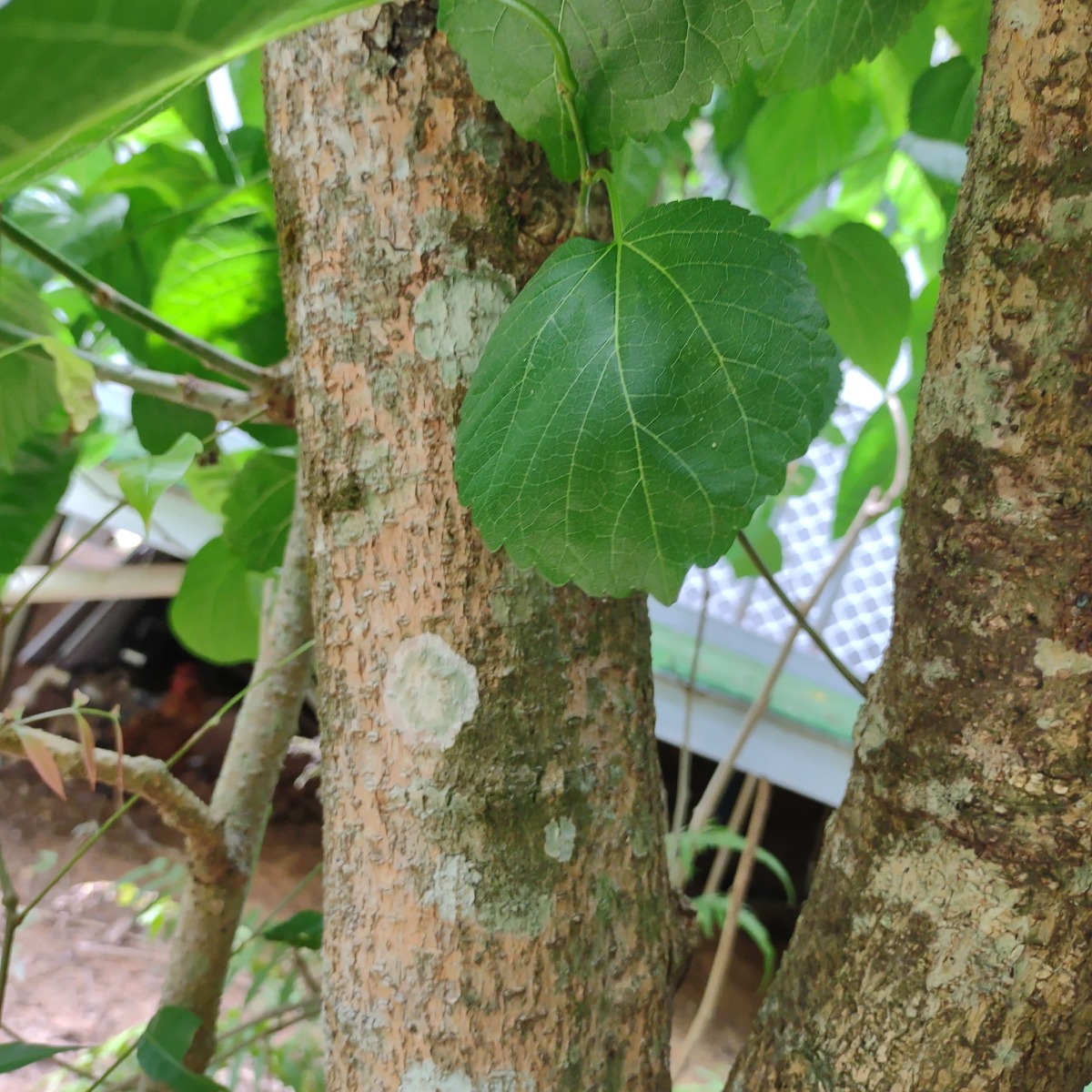
Fresh Mulberry Leaf Tea
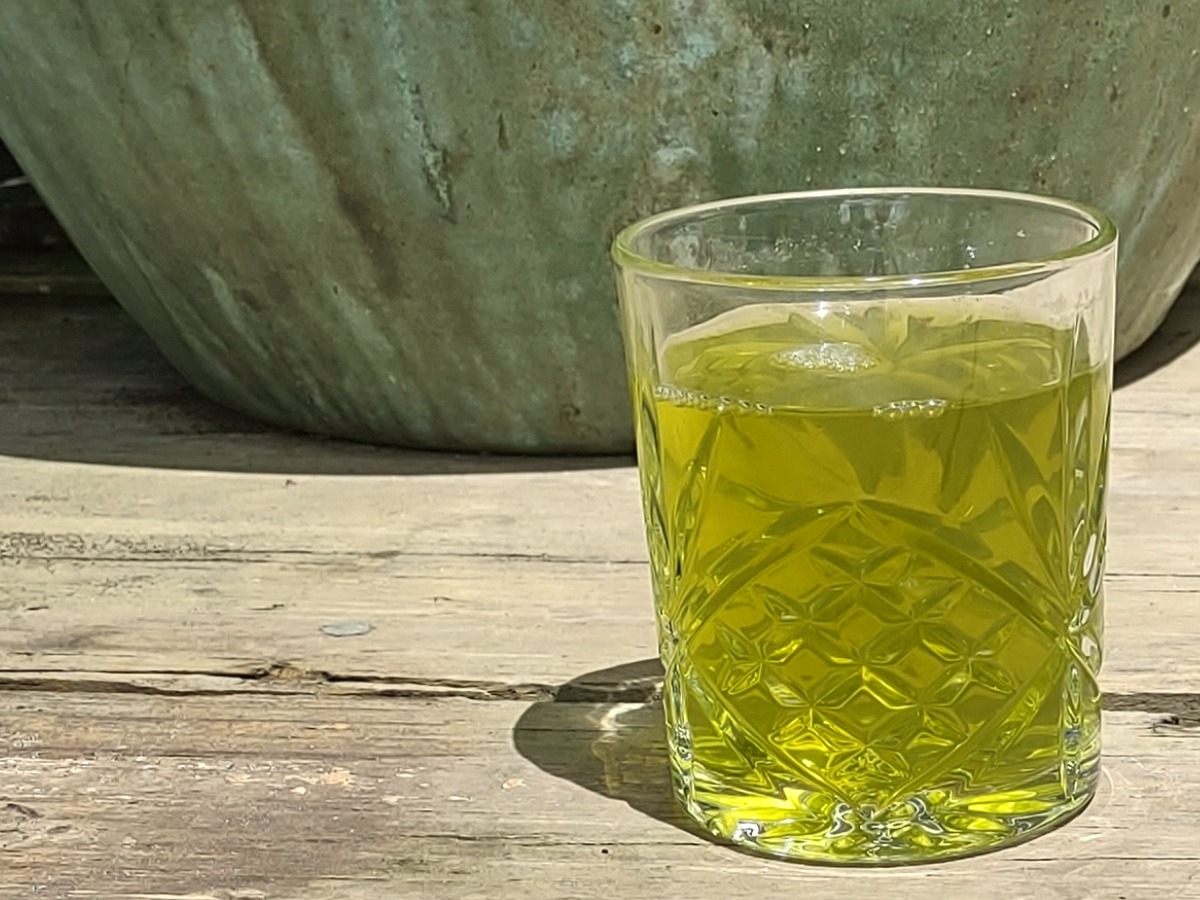
Fresh mulberry leaf tea is made by adding fresh green leaves to a pot of cold water and bringing the water up to a boil for about 15 to 20 minutes total time, from cold. You can then sweeten the tea with honey if desired. I like to add a few lemon basil leaves, or a slice of frozen lemon. Drink hot or cold over ice.
Fresh mulberry leaf tea is rich in iron, calcium, and zinc, plus antioxidants. The boiling may destroy some of the vitamins. (Vitamin C) but the antioxidant beta carotene is not heat sensitive, in fact, a short cooking time can make the beta carotene more easily absorbed by our bodies, as it will leach into the water via the ruptured cell walls. (source)
Mulberry leaf tea is believed to help lower blood sugar and decrease blood levels of triglycerides and LDL cholesterol. (source). Which is exactly what I need! Mulberry leaf is firmly on the menu here.
Mulberry Leaves in Cooking
Mulberry leaves can be eaten in a whole host of tasty recipes. Stuffed mulberry leaves are quite common (like dolmades or sarmale) but the leaves can be added to soups, stir-fries or congee, they are often used in Chinese recipes for flavour and health benefits.
Mulberry Leaf Recipes
I scoured the web to find mulberry leaf recipes from around the world. Here are some of the best ways to eat mulberry leaf, for your health and for flavour. Many of these recipes are from China, where mulberry trees originated.
- Mulberry leaf congee, a traditional Chinese mulberry leaf recipe using rice, believed to be medicinal.
- Mulberry leaf soup, again, from China, an egg soup.
- Stuffed mulberry leaves. Stuffed with meat, chicken or lamb, Middle Eastern.
- Mulberry leaf stir fry. Spicy and vegetarian or vegan.
- Mulberry Leaf, Winter Melon, Chicken Soup, This recipe, I think , is Malaysian.
- Cold mulberry leaf, blanched, then dressed with sesame, soy, etc.
Smoking Mulberry Leaves
Mulberry leaves can indeed be rolled and smoked. Mulberry leaf rolled cigarettes do exist. Mulberry wood also makes a good smoking material. It has a sweet aromatic smoke perfect for smoking poultry, fish, or pork.
Other posts you may like.
Yes, chickens can and do eat mulberry leaves. They will eat the lower leaves of your mulberry tree plus and low-hanging fruit if they are able to access your tree, you may need to fence it or take other chicken-proofing precautions. The leaves are a good source of greens for chickens and the berries are rich in vitamins and minerals. Mulberry leaves are even used to make dry feed pellets for chickens.

